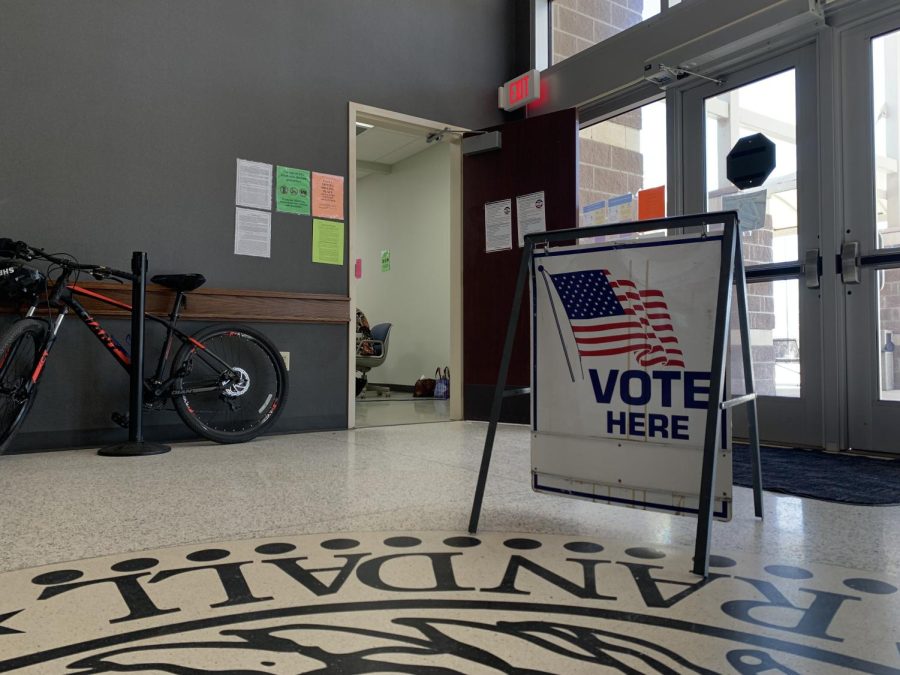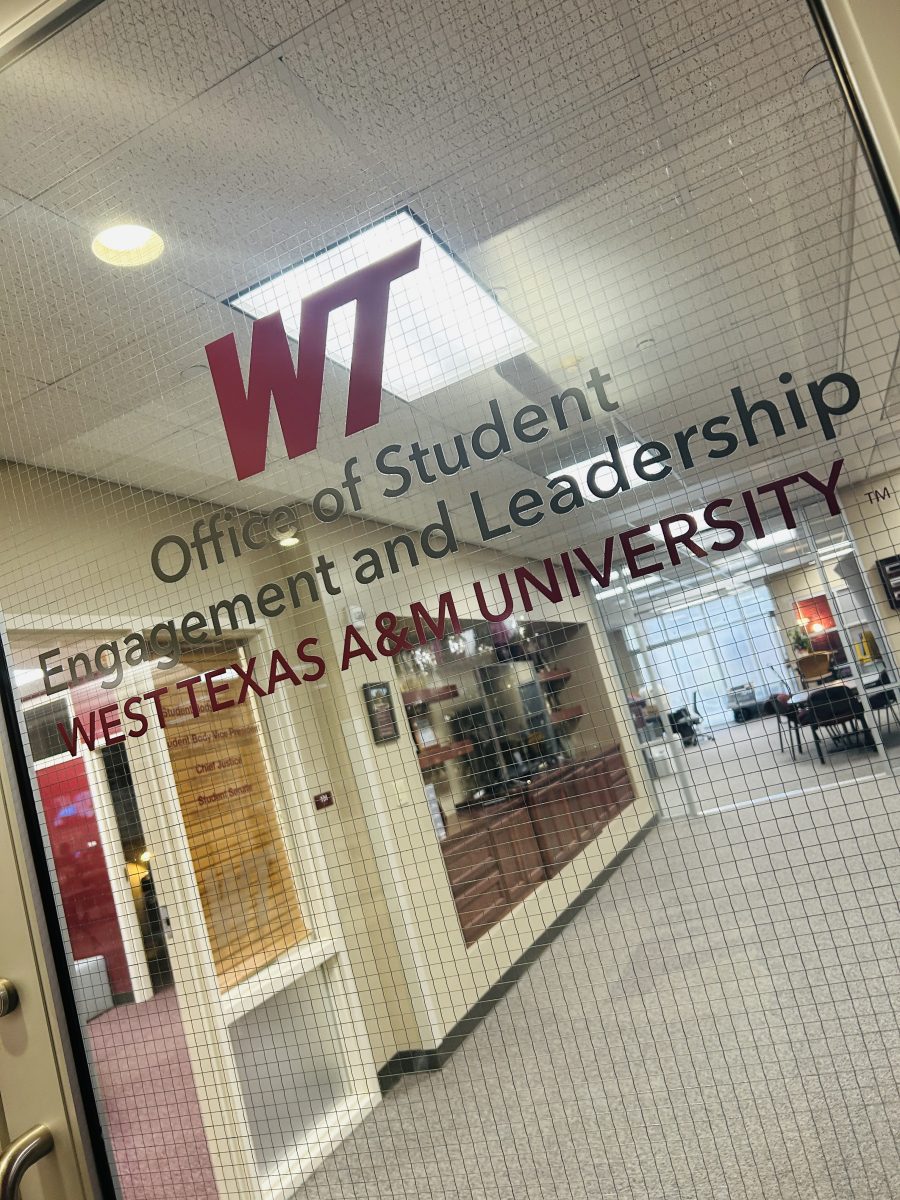President Obama proposed a plan, named America’s College Promise, to provide free community college on Jan. 9 and reiterated his proposed plan during the State of the Union Address on Jan. 20. His proposed plan would make the federal government responsible for 75 percent of the average cost of attendance for a community college with the other 25 percent being paid for by the states. The states would also adopt reforms outlined by the White House, such as better student advising services, and better aligning high school curriculums with college level curriculums to prevent an influx of those in remedial type courses at the collegiate level.
“Tennessee, a state with Republican leadership, and Chicago, a city with Democratic leadership, are showing that free community college is possible,” President Obama said during the State of the Union address. “I want to spread that idea all across America, so that two years of college becomes as free and universal in America as high school is today.”
Tennessee, as the president himself stated, has already developed a plan that would use Tennessee lottery proceeds to pay for college. The proposed program, called the Tennessee Promise, is set to be implemented this fall, and the federal plan is largely based off components to Tennessee’s plan. There is also dual-party support for the plan in Tennessee.
Leticia Van de Putte, the Democratic nominee for Lieutenant Governor during the 2014 elections, proposed a plan during her campaign for free community college. The plan would, like the federal plan and Tennessee’s plan, be named the “Texas Promise.” Van de Putte proposed that Texas would allocate 2 billion dollars from the state’s Rainy Day Fund, and in return, students that maintained satisfactory academic standards, were enrolled in at least 12 credit hours, lived in Texas for three years, and enrolled directly out of high school would have their tuition paid in full.
“Every hard-working high school graduate in Texas deserves an opportunity to go to college, receive technical education and obtain post-high school credentials,” Van de Putte said. “It is time to get Texans prepared for the jobs of the future.”
A critical part of the proposed plan by the president, though, includes traditional and nontraditional students alike, unlike that of the plans proposed in Tennessee, Texas and Chicago. With the president’s plan, it would make it possible for people who have been out of school for years to get an education.
“The average age at a community college is 28. It is not 18 or 19,” Evelyn Waiwaiole, director of the Center of Community College Student Engagement at UT Austin, says. “To say we’re going to go in and just serve high school student would be a disservice to many, if not most, of the students.”
One possible repercussion for some four year universities is that enrollment may dip with people rather than going all four years at a university attending a two year school for practically free and then transferring for further education.
“This free tuition offer for community college students could affect WT, and all other four year state colleges and universities, in adverse ways,” Claudia Stravato, Political Science Instructor at WT and former Deputy Comptroller of Texas and former Chief of Staff for Lt. Governor Bob Bullock. “It would probably cut the number of freshmen and sophomores attending four year schools, which would result in having to cut faculty who teach core courses.”
Stravato agrees that on the surface, the plan looks good, but that it isn’t all that it seems.
“In general, making tuition free for all community college students sounds good. However, the ‘devil is in the details.’ It sounds as if students will be helped, but not the community colleges themselves, at least here in Texas,” Stravato said. “All education programs in Texas have been operating for several years without sufficient funds to provide the necessary infrastructure, faculty, and materials for an adequate education.”
Stravato also believes that the students could also suffer a bit from this plan.
“It could also have an adverse effect on the students who take advantage of the offer in that they would lose precious time becoming familiar with faculty who could assist in the student’s upward mobility, would be behind in participating in programs for various majors, and participating in extracurricular activities,” Stravato said. “In other words, students could lose some very significant experiences and associations which would further their careers.”
Some critics also suggest that this is just a bookend of the president’s proposed plan for early childhood education back in 2013, a plan that ultimately failed. Whether the plan is ultimately accepted or not, it is a huge step in making higher education ultimately more affordable for students all across the country.















